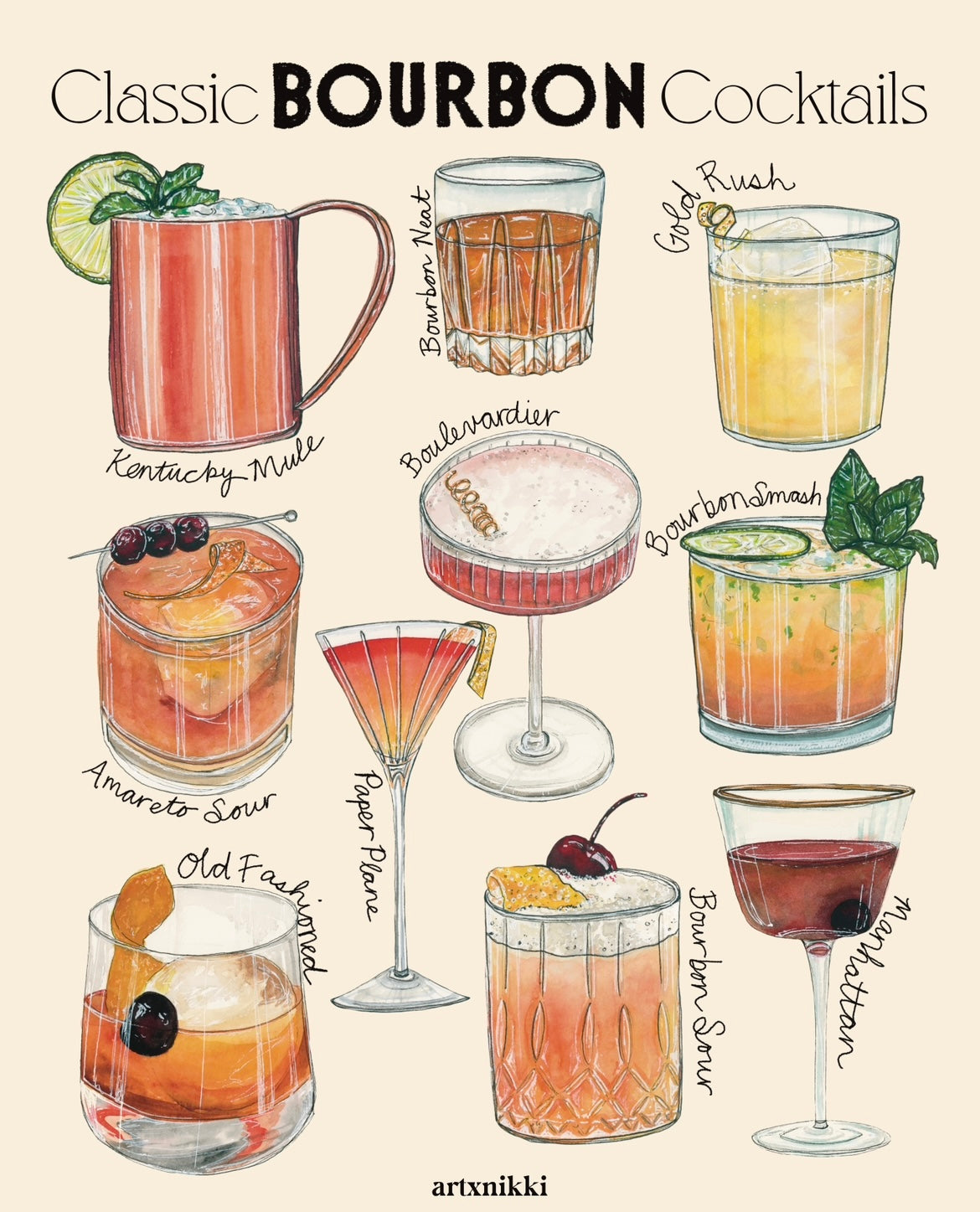Realism Art in the Whiskey Industry: Showing Moments of Distillation
Realism Art in the Whiskey Industry: Showing Moments of Distillation
Blog Article
Catching the Essence of Scotch Art With One-of-a-kind Visual Representations and Styles
The art of bourbon prolongs beyond the liquid itself, showing up via a variety of aesthetic depictions that encapsulate its storied heritage and craftsmanship. What continues to be to be discovered is exactly how these developing designs show not just the bourbon itself however additionally the transforming landscape of imaginative analysis. Bourbon Art.
The History of Whiskey Art
As bourbon manufacturing spread, so too did the need to raise its experience through art. From the complex inscriptions on very early casks to the elaborate labels of modern-day containers, each component shows an unique artistic vision, functioning as an aesthetic narrative of the scotch's heritage.
In the 18th and 19th centuries, the increase of the industrial revolution further improved whiskey art, resulting in innovative product packaging and advertising and marketing that recorded consumer interest. Artists and developers began explore aesthetics, imbuing whiskey-related imagery with symbolic definitions that communicated concepts of custom, workmanship, and area.
Today, whiskey art remains to develop, mixing typical approaches with modern art types. Bourbon Art. This continuous dialogue between the spirit and its visual representation highlights the enduring bond between whiskey and culture, improving the overall experience for fanatics worldwide
Iconic Bottle Layouts
While numerous variables add to the attraction of bourbon, renowned bottle designs play a pivotal role in forming consumer understanding and enhancing the total experience. The aesthetic discussion of bourbon bottles is not simply a visual consideration; it acts as a bridge in between the consumer and the product, evoking emotions and setting expectations.
Unique forms, materials, and closures can boost a bourbon brand name's identity, making it instantaneously well-known on congested racks. The timeless Glenfiddich bottle, with its sophisticated tapered silhouette, shares a feeling of tradition and craftsmanship, while the strong, modern-day style of the Balvenie container mirrors advancement and sophistication. The use of colored glass or special structures can suggest the quality and character of the bourbon within.
Renowned layouts usually incorporate components of social heritage, signifying the brand name's background and connection to its roots. Brand Names like Jack Daniel's utilize a straightforward, robust design that resonates with its American whiskey heritage. Eventually, the impact of bottle design expands past simple capability; it envelops the essence of the brand, welcoming customers to delight and check out in the rich tapestry of whiskey society.
Label Artwork and Branding
Bottle designs typically set the phase wherefore customers can expect, yet tag artwork and branding play an equally substantial function in connecting a scotch's identity. The label offers as the first factor of call in between the customer and the item, encapsulating the significance of the bourbon within its aesthetic elements.
Efficient label art work integrates images, typography, and color to develop a story that reverberates with the brand name's heritage and target market. A tag including vintage font styles and intricate images might evoke a sense of practice and craftsmanship, appealing to aficionados. In comparison, bold colors and modern-day design components could bring in a more youthful market seeking development and exhilaration.

Digital Photography and Visual Storytelling
Catching the essence of scotch via digital photography and aesthetic narration is an art form that raises the brand name experience. This medium goes beyond mere product depiction, delving into the complex narratives that surround each bottle. By employing engaging imagery, photographers can evoke feelings that resonate with consumers, ultimately forging a much deeper connection to the bourbon brand name.
Aesthetic storytelling in scotch photography often makes use of rich structures, lighting, and make-up to highlight the special qualities of the spirit. The interaction of light and Realism Art darkness can highlight the brownish-yellow shades of whiskey, while the choice of history elements-- such as rustic barrels or elegant glass wares-- can strengthen the brand name's heritage or way of life organizations.
In addition, catching the ritualistic elements of whiskey intake, from the putting to the sampling, welcomes customers right into a sensory experience, permitting them to envision the flavors and fragrances that await. Each photo not just showcases the product but also narrates of craftsmanship, tradition, and the minutes that bourbon can enhance - Realism Art. Hence, photography ends up being a powerful tool in verbalizing the identity of whiskey brands, positioning them within the wider cultural landscape
Arising Patterns in Scotch Art
The evolution of scotch art is increasingly shaped by contemporary trends that show wider social changes and customer choices. This shift not just highlights the importance of sustainability yet likewise enhances the story bordering bourbon production.
Furthermore, digital art has surged in appeal, enabling ingenious depictions of scotch. Musicians are leveraging technology to craft immersive experiences, such as augmented truth setups that engage audiences and provide a deeper understanding of scotch's cultural importance. This trend likewise includes social media systems, where visually striking material gathers interest and cultivates neighborhood among enthusiasts.
Additionally, collaborations in between whiskey brands and musicians are ending up being more commonplace. These partnerships yield limited-edition product packaging designs and special artworks that celebrate both the workmanship of bourbon and the creativity of artists. As scotch art continues to progress, these emerging fads will definitely form its future, cultivating a vibrant intersection of society, sustainability, and modern technology within the scotch area.
Conclusion
To conclude, the art of bourbon encompasses a varied selection of aesthetic depictions that mirror its rich heritage and workmanship. From famous container styles and intricate label art work to compelling digital photography, each component contributes to a wider story that enhances the customer's experience. As arising patterns, such as electronic art and sustainability, proceed to form this creative landscape, the multifaceted identification of scotch continues to be a withstanding resource of social connection and exploration.

In final thought, the art of scotch incorporates a varied selection of visual representations that mirror its rich heritage and workmanship.
Report this page